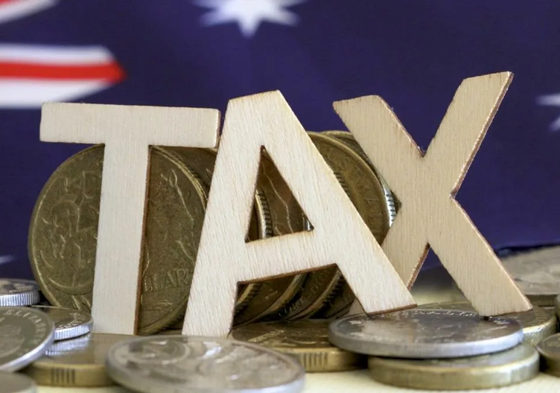Since their inception, government loans and government debt have been characteristic features of Australia’s economic development.
Loans obtained in Great Britain served as the main means of financing all socio-economic measures carried out by governments. In the 21st century, in connection with the intensive development of the Australian economy, internal sources of financing, primarily taxes and income from state enterprises, have become increasingly important.
All three administrative divisions have the right to independently engage in emission operations. However, in Australia, the practice is to issue securities by the federal government to cover the deficit of state budgets, which mobilize up to 3/4 of borrowed funds in this way. Therefore, when talking about the issue of securities by the federal government or about securities not paid for by the federal government, they mean an issue intended to cover the deficit of not only the federal budget, but also, to a significant extent, the budgets of the states.
The main types of securities issued by the federal government are inscribed stock, which are not traded on the market, treasury bills and notes, which are intended to cover short-term, such as seasonal, budget needs, and special bonds, which are usually issued in connection with expenditures of a targeted nature. All issues are divided into two types in terms of the currency of redemption and the place of placement: those issued in Australian and foreign currencies.



